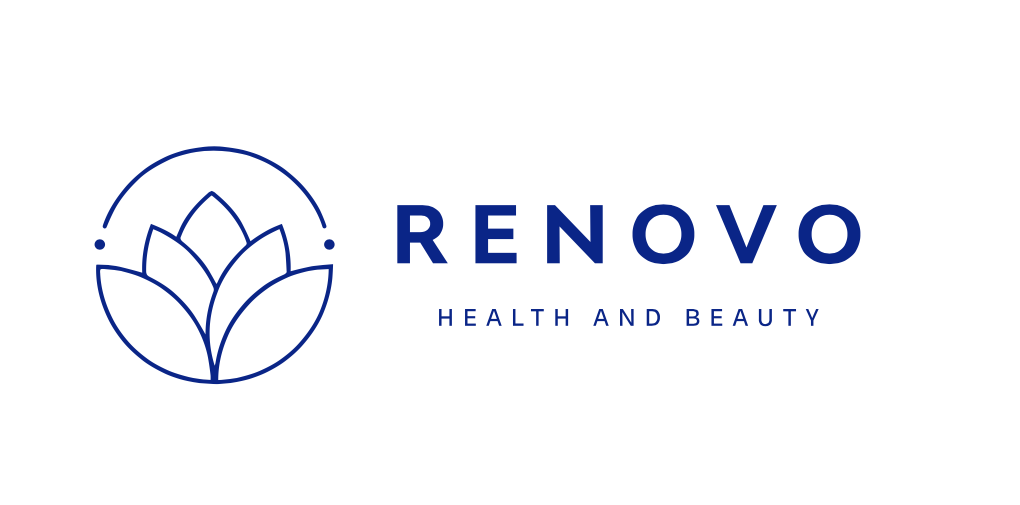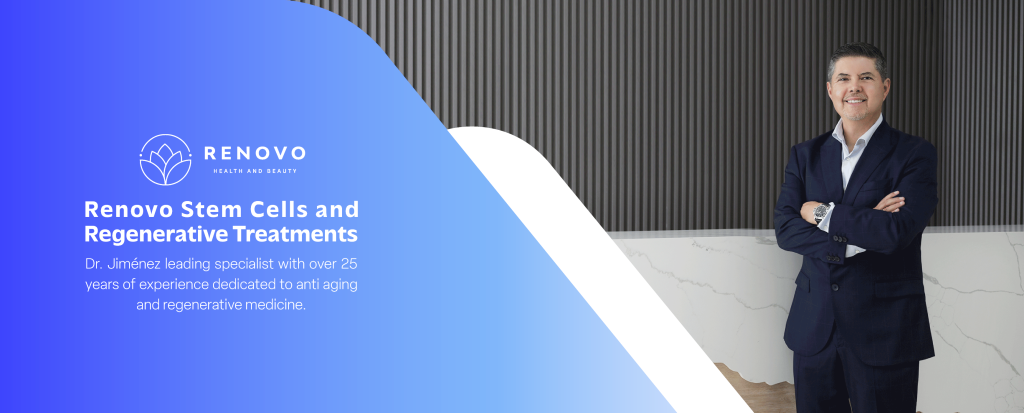
There are several different types of stem cells, each with unique characteristics and potential uses in medical research and therapy. Here are some of the main types of stem cells:
- Embryonic Stem Cells (ESCs):
- Obtained from embryos during the blastocyst stage, usually within the initial week of development.
- They possess pluripotency, signifying their ability to transform into cells from all three primary germ layers: ectoderm, mesoderm, and endoderm.
- While they have a significant regenerative capacity, it’s important to note that there is a risk of teratoma formation (tumors) following transplantation.
- Induced Pluripotent Stem Cells (iPSCs):
- Adult cells, frequently derived from skin or blood cells, undergo reprogramming through genetic or chemical techniques.
- They exhibit pluripotency, similar to embryonic stem cells.
- These cells hold great value in the context of personalized medicine and the modeling of diseases.
- Adult (Somatic) Stem Cells:
- Located in diverse tissues within the body, including the bone marrow, blood, skin, and brain.
- Multipotent or tissue-specific, meaning they can differentiate into a limited range of cell types related to their tissue of origin.
- Their primary roles encompass the maintenance, repair, and regeneration of tissues.
- Mesenchymal Stem Cells (MSCs):
- Found in various tissues, including bone marrow, adipose (fat) tissue, and umbilical cord tissue.
- Exhibiting multipotency, they can undergo differentiation into bone, cartilage, adipose tissue, and various other connective tissues.
- Under extensive study for their potential applications in regenerative medicine and their capacity for immunomodulation.
- Hematopoietic Stem Cells (HSCs):
- Located within the bone marrow, they possess the capability to transform into a range of blood cell varieties, encompassing red blood cells, white blood cells, and platelets.
- They play a crucial role in blood cell generation and are indispensable in the context of transplantation therapies.
- Neural Stem Cells (NSCs):
- Situated within the nervous system, with a notable presence in both the brain and spinal cord.
- They possess the capacity to undergo differentiation into diverse neural cell types, encompassing neurons and glial cells.
- Extensively researched for their potential in developing treatments for various neurological conditions.
- Epithelial Stem Cells:
- Present in tissues like the skin, gut, and liver.
- Tasked with the regeneration of epithelial tissues, which includes the outer skin layer and the gastrointestinal tract lining.
- Tissue-Specific Progenitor Cells:
- Reside within specific organs or tissues and possess a limited differentiation capacity tailored to that particular tissue.
- Play a pivotal role in the ongoing process of tissue repair and maintenance.
- Cancer Stem Cells:
- A subgroup of cells found within tumors that demonstrate stem cell-like characteristics.properties.
- Linked to tumor growth, resistance to treatment, and the recurrence of cancer.
- Perinatal Stem Cells:
- Derived from sources such as the umbilical cord, placenta, and amniotic fluid.
- May exhibit properties akin to both embryonic and adult stem cells.
- Currently under exploration for various applications in regenerative medicine.
Every category of stem cell possesses distinctive traits and holds potential uses in both research and therapeutic applications. The selection of a particular stem cell type hinges on the precise objectives of a study or treatment, in addition to ethical and practical factors that must be taken into account.

